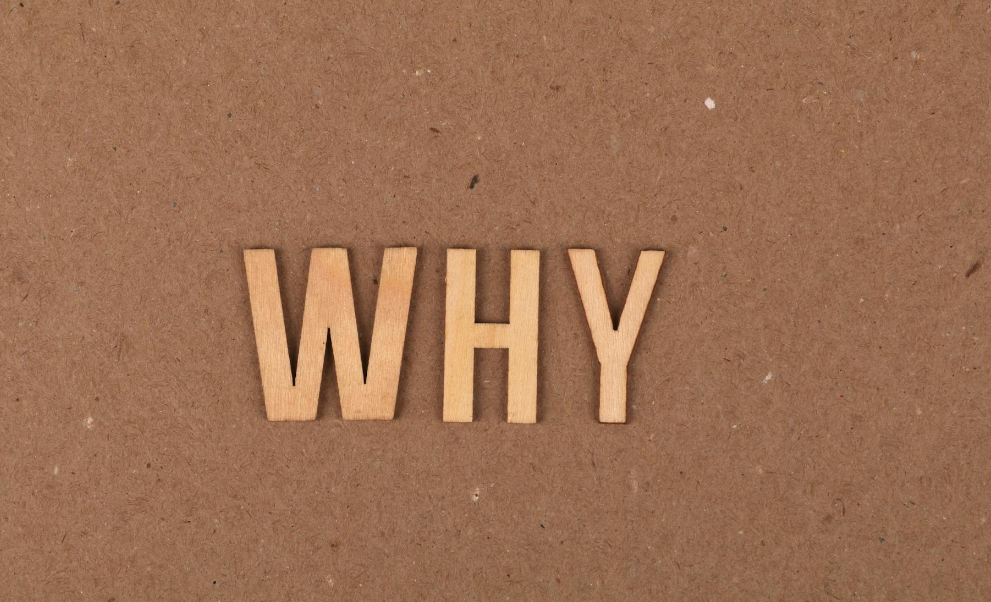What is passive aggressive behaviour?
Unmasking the Passive-Aggressive Behaviour: A Guide to Understanding and Dealing
Intriguing interactions are commonplace, and sometimes, they leave us in a state of bewilderment. These interactions often stir feelings of confusion, irritation, and frustration, leaving us largely discontented. If you find yourself in this predicament often, you might be facing passive-aggressive behaviour from another person.
Before you jump to conclusions and criticize yourself, take a moment to understand that this is not your fault. You are merely the recipient of an individual’s passive-aggressive conduct, a subtly manipulative psychological gameplay. It is crucial to recognize the characteristics of passive-aggressive behaviour and understand how to navigate such interactions effectively.
- Sarcasm: Passive-aggressives use sarcasm as a shield to relay hurtful comments, masquerading them as jests.
- Silent Treatments: Silence becomes a weapon, wielded when you’ve displeased them. Their quiet is a signal of their disapproval.
- Evading Issues: Such individuals often avoid dealing with problems, choosing to pretend as though everything is perfectly fine.
- Withholding: They will resort to withholding usual privileges as a method of ‘punishing’ the other person.
- Moody Behaviour: A persistent sulky and moody demeanor stemming from their unwillingness to express their feelings is another sign.
- Learned Helplessness: Deliberately performing tasks poorly or ‘forgetting’ to do them as a way to avoid certain responsibilities is another strategy.
- Making Excuses: Rather than voicing their frustrations directly, they create excuses for their lack of action.
- Ghosting: In today’s digital age, abrupt and unexplained cessation of contact, particularly when the previous interaction was positive, is a widespread passive-aggressive behaviour.
The roots of such behaviour often trace back to an individual’s early life experiences, especially their relationship with their parents. However, situational factors also play a part, leading individuals to adopt this form of communication when they feel uncomfortable or think it inappropriate to express anger directly.
These individuals often find confrontation uncomfortable, which leads them to resort to indirect aggression as an ‘easier’ alternative. The vital question to ask here is: Are you on the receiving end of passive-aggressive behaviour?

Here’s how to handle it:
- Recognize Behaviour Patterns: Identify the signs of passive-aggressive behaviour in your interactions.
- Remain Objective: Understand that the behaviour often mirrors the individual’s inability to express themselves rather than a reflection on you.
- Don’t Retaliate: Maintain clear communication and establish boundaries without succumbing to similar behaviour.
- Consider Limiting Contact: If the person continues their behaviour or reacts negatively, consider distancing yourself. Focus on self-care and seek support if required.
In conclusion, passive-aggressive behaviour is harmful, and it’s essential to realize that the fault does not lie with you. Stand up for yourself and refrain from blaming yourself for someone else’s inappropriate conduct.
Discover more from mindstrengthorg.in
Subscribe to get the latest posts sent to your email.

Embracing the Unanswered Whys
Transforming Questions into Growth and Connection Life often feels like a complex puzzle, with pieces that.
Read More
The Lost Art of Common Courtesy:.
How Acknowledging Others Can Strengthen Relationships There was a time when good manners were not just.
Read More
